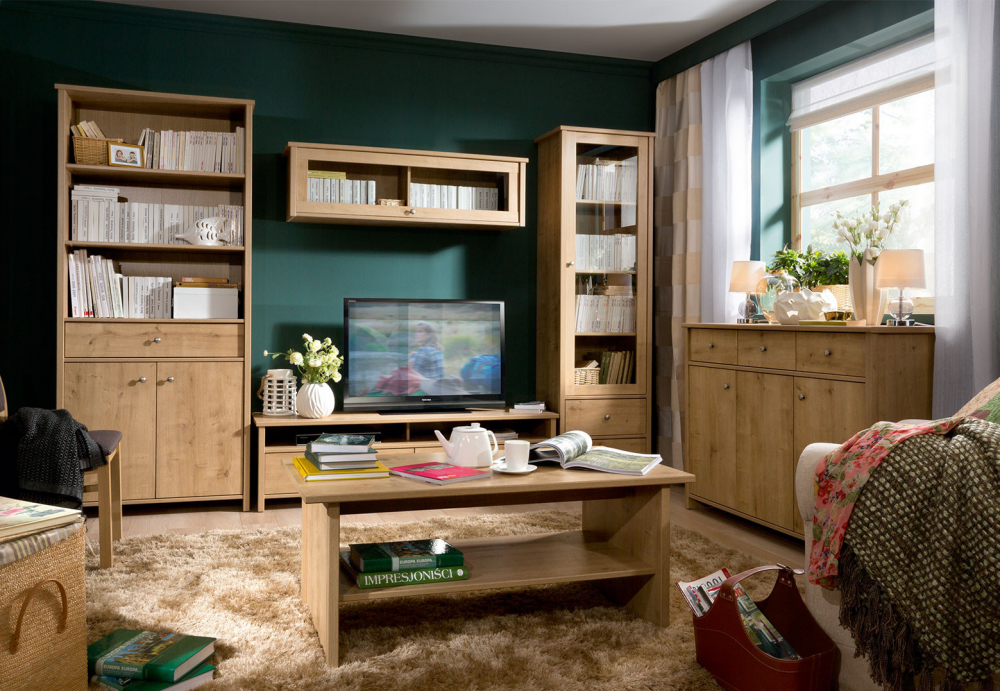INSPIRATIONS

Don't Let Your Room Fall Flat: How to Use Texture to Create Awesome Interiors
A good colour schemes, well-thought-out furniture choices, exquisite ornaments… and yet something is missing. The room feels… flat, somehow. Have you ever had such an experience?
It’s very likely that the one thing missing from the visually nearly-perfect arrangement was texture. The one aspect of a design that is predominantly to do with tactile sensations, although textures also contribute significantly to the look.
What is texture?
Have you ever run your hand along a banister in an old country house, feeling the wood, solid, smooth and somehow, warm, under your fingers? Have you been surprised and delighted – or the opposite, surprised and repelled – by the silky feel of a luxurious satin cushion or polyester bedding? Have you enjoyed the rough Berber carpet or soft and squishy woollen one under your feet?
That is texture. But texture has also the imagined, or perceived aspect. That’s how it powerfully contributes to the look and that’s why rooms that lack attention to texture can look flat.
General principles
Texture – just like colour – brings with it its own associations and emotional meaning.
Rough textures make objects or spaces feel more intimate and down to earth. Smooth textures evoke a more distant, sophisticated and detached feel.
When designing your room, think about the interplay of textures the same way you would think of combining and juxtaposing colours.
This is particularly important when creating a monochromatic interior or one that sticks to a restricted colour palette. Use a variety of textures to bring life and harmony to your design.
Rough textured item placed against a very smooth background will appear even rougher, visually heavier.
Texture allows you to focus the eye and create balanced, anchored interiors. Texture contrasts will help you to emphasise the areas you want to “pop”.
Texture in practice
What are the ways to practically bring in textures to your home?
Soft furnishings. Cushions, throws, window treatments (curtains, pelmets, textile blinds), rugs – from fluffy sheepskin to rough knits to silky satin, there is no easier and more effective way to play with texture.
Layering. As in clothing, layering is key to interior perfection. Start with larger items with a specific texture – for example a statement fluffy rug – then add others until you achieve the right balance of textures and the final effect of harmony.
Ornaments. Small art objects, trinkets, dried or fresh flowers, even potted plants can all add a welcome layer of new texture to your arrangement.
Floor and Wall Coverings. Throws and carpets, rugs and tapestries are the texture-wizard’s best friend.
Furniture. Use both hard and upholstered furniture to show off various textures. Rough wood of the natural-edge mantelpiece; soft, slightly textured leather of a the sofa; perfectly smooth surface of a glass coffee table… now take a contrasting or complementary item of décor or a textile and play with layers.
Floors and walls themselves. Smooth or textured tiles, stone, wood, concrete… as well as various textured plasters and paint treatments – the range of possibilities is surprisingly broad, and it is worth thinking about the texture of large surfaces that create your room in the context of the whole design.
Traditional architectural elements. Cornices, skirting boards, picture and dado rails, wainscoting, ceiling roses can also provide a very valuable element of texture in the room if you are lucky enough to have them.
